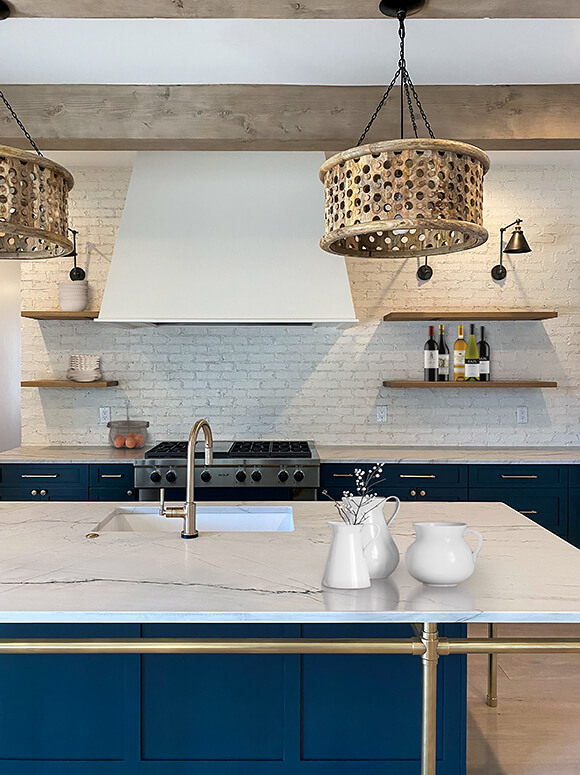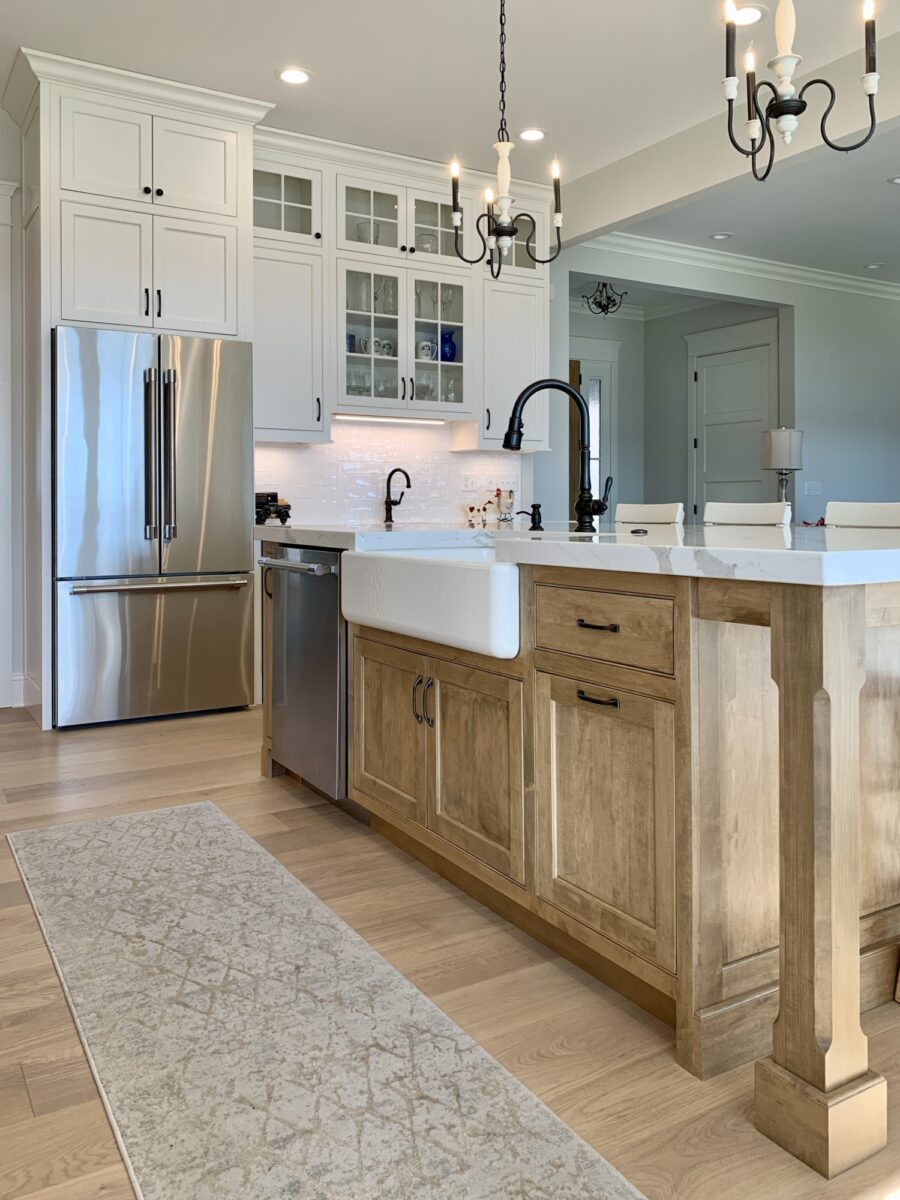Include Appeal and Personality to Your Area with Legs For Kitchen Island Creations
An Overview to Choosing the Perfect Legs For Cooking Area Island for Your Home
Picking the optimal legs for your cooking area island is a nuanced decision that affects both the capability and visual charm of this main space. As you think about these components, it becomes obvious that the appropriate legs can transform not only the appearance of your cooking area but additionally its use for years to come.

Recognizing Kitchen Area Island Legs
When picking legs for a kitchen area island, it's essential to comprehend their functional and aesthetic roles in the general design. The legs work as an essential support group, guaranteeing security and sturdiness for the island, which frequently operates as a workspace, dining location, or gathering area. The choice of material and building strategy must be robust sufficient to hold up against daily use and prospective wear.
Along with their architectural responsibilities, legs contribute substantially to the island's aesthetic charm. They can boost the cooking area's design, whether via traditional, contemporary, or eclectic designs. The height and proportion of the legs are additionally crucial considerations; they need to harmonize with the island's counter top height while making sure comfortable seating for those using the room.
In addition, the leg style can influence the overall circulation of the kitchen. Open, airy leg styles can develop a feeling of lightness, while strong, significant legs might share a more grounded and steady aesthetic - Legs For Kitchen Island. Understanding these practical and aesthetic aspects will assist property owners in making notified selections that enhance their cooking area's layout and improve its functionality
Popular Styles and Products
The option of legs for a cooking area island encompasses a range of popular styles and materials, each offering special characteristics that can enhance both capability and appearances. Standard legs commonly show elaborate details and workmanship, boosting classic kitchen area styles.

Elevation and Security Considerations

Security is one more essential consideration. The legs of the cooking area island should give adequate assistance, making certain that the structure can hold up against everyday use without shifting or wobbling. Material choice plays a considerable function in security; metal legs, for example, tend to offer better strength compared to wood. Furthermore, making sure that the island is securely anchored to the floor or wall surface can improve stability, specifically for larger islands that may birth substantial weight.
Matching Your Kitchen Aesthetic
Selecting the ideal legs for your kitchen area island goes beyond functionality; it additionally plays a significant role in the total visual of the click for more room. When selecting legs, consider the layout style of your kitchen. For a contemporary look, streamlined metal or minimal designs can create a clean, modern vibe. On the other hand, rustic or traditional kitchens commonly take advantage of wooden legs with detailed describing or a distressed surface, enhancing warmth and personality.
Color is another essential aspect. Legs that match or comparison with your island's surface and bordering kitchen cabinetry can develop visual consistency or striking focal points. As an example, pairing dark timber legs with a light marble kitchen counter can include depth and passion. In addition, consider the finish of the legs; matte, shiny, or textured surfaces can dramatically impact the overall feeling of the cooking area.
Setup and Upkeep Tips
Mounting kitchen area island legs requires cautious attention to information to make sure both stability and visual charm. Begin by choosing an appropriate area for your island, ensuring it is degree and has enough area for activity. If you are connecting the legs to a wall surface or using brackets for included support, utilize a stud finder to find wall studs. Mark the placement of the legs accurately prior to boring.
When safeguarding the legs, utilize top quality screws and, if essential, wood glue for extra toughness. For metal legs, make sure that you are utilizing proper supports and tools to avoid like this damages to your floor covering. It is recommended to look for levelness after installment, making modifications as required to prevent wobbling.
Clean the legs with an ideal cleaner, staying clear of rough products that might scrape the surface area. By following these setup and maintenance pointers, you can ensure that your kitchen island legs continue to be both useful and aesthetically enticing.
Verdict
To conclude, selecting the appropriate legs for a kitchen island demands cautious consideration of height, security, and visual compatibility. By selecting suitable materials and styles that align with the general cooking area layout, capability can be enhanced while keeping aesthetic allure. Proper installment and continuous maintenance additionally add to the review durability and durability of the kitchen area island. Inevitably, thoughtful leg choice plays an important function in boosting both the practicality and style of the cooking area space.
When selecting legs for a kitchen area island, it's essential to comprehend their useful and aesthetic roles in the general layout. Open, airy leg designs can develop a sense of lightness, while strong, significant legs may communicate an extra grounded and stable visual. The legs of the kitchen island must provide sufficient assistance, ensuring that the structure can endure daily use without shifting or wobbling.Setting up kitchen area island legs calls for mindful attention to detail to guarantee both security and visual allure.In verdict, selecting the appropriate legs for a kitchen area island requires cautious factor to consider of elevation, security, and visual compatibility.